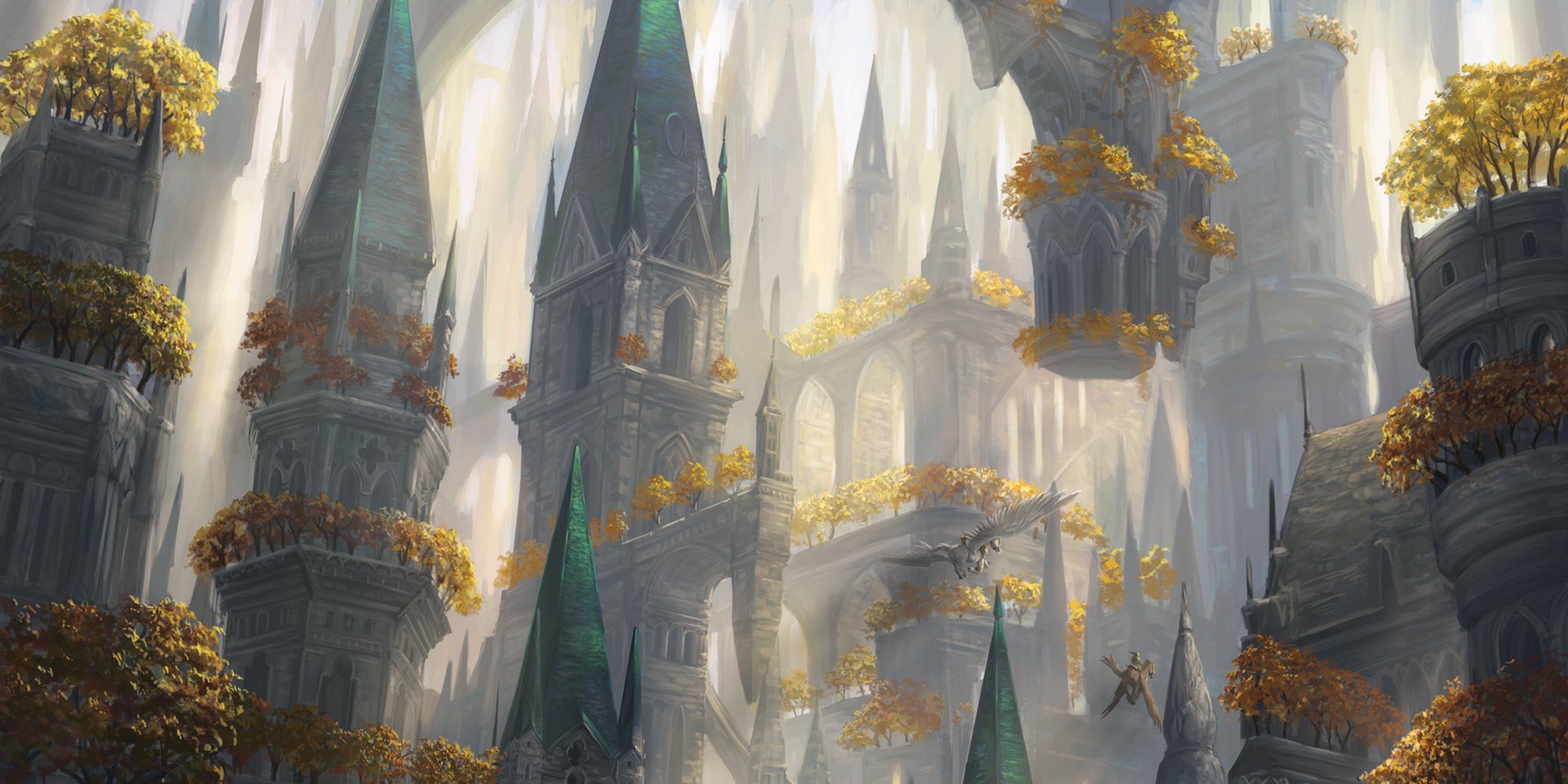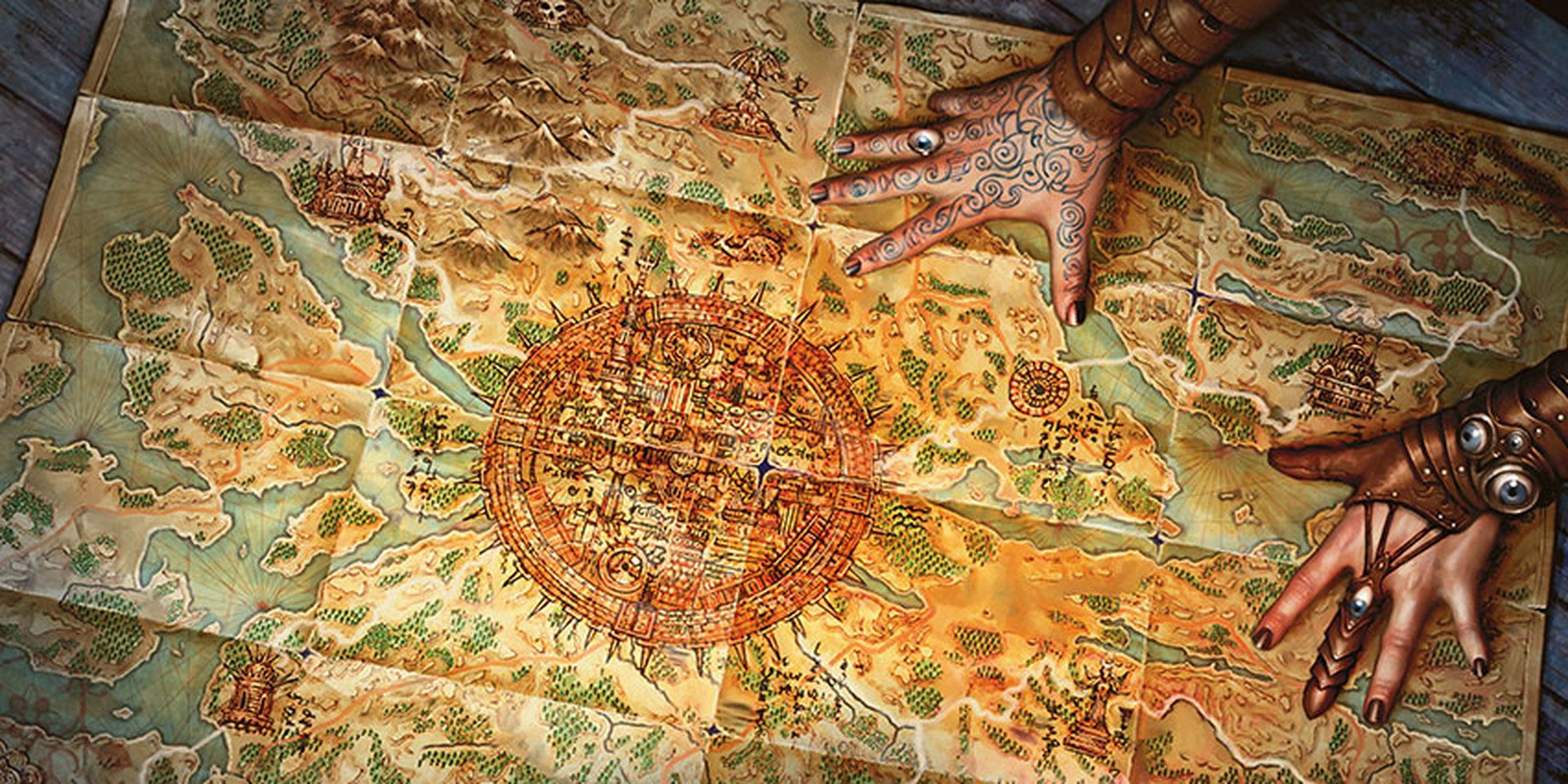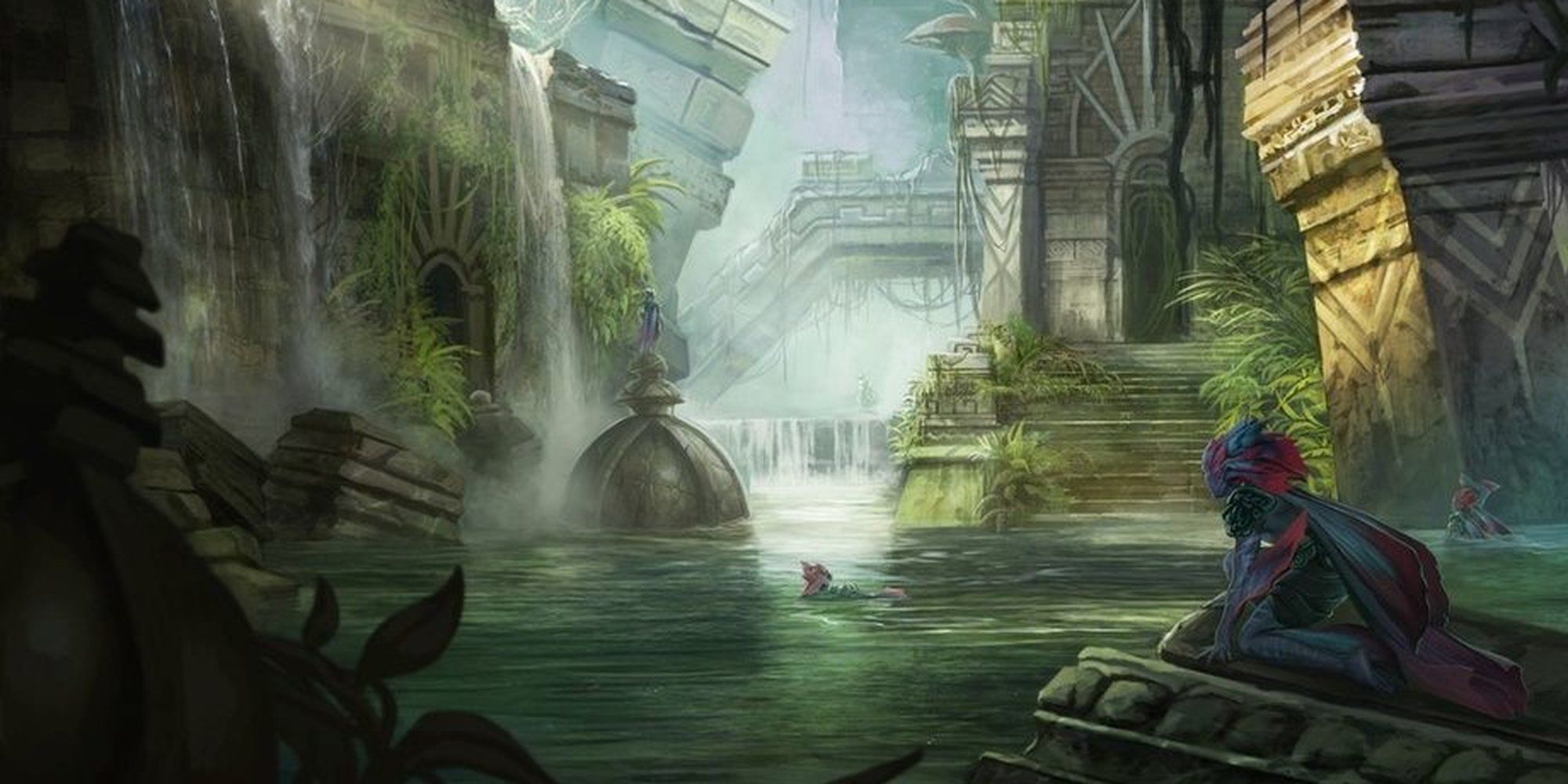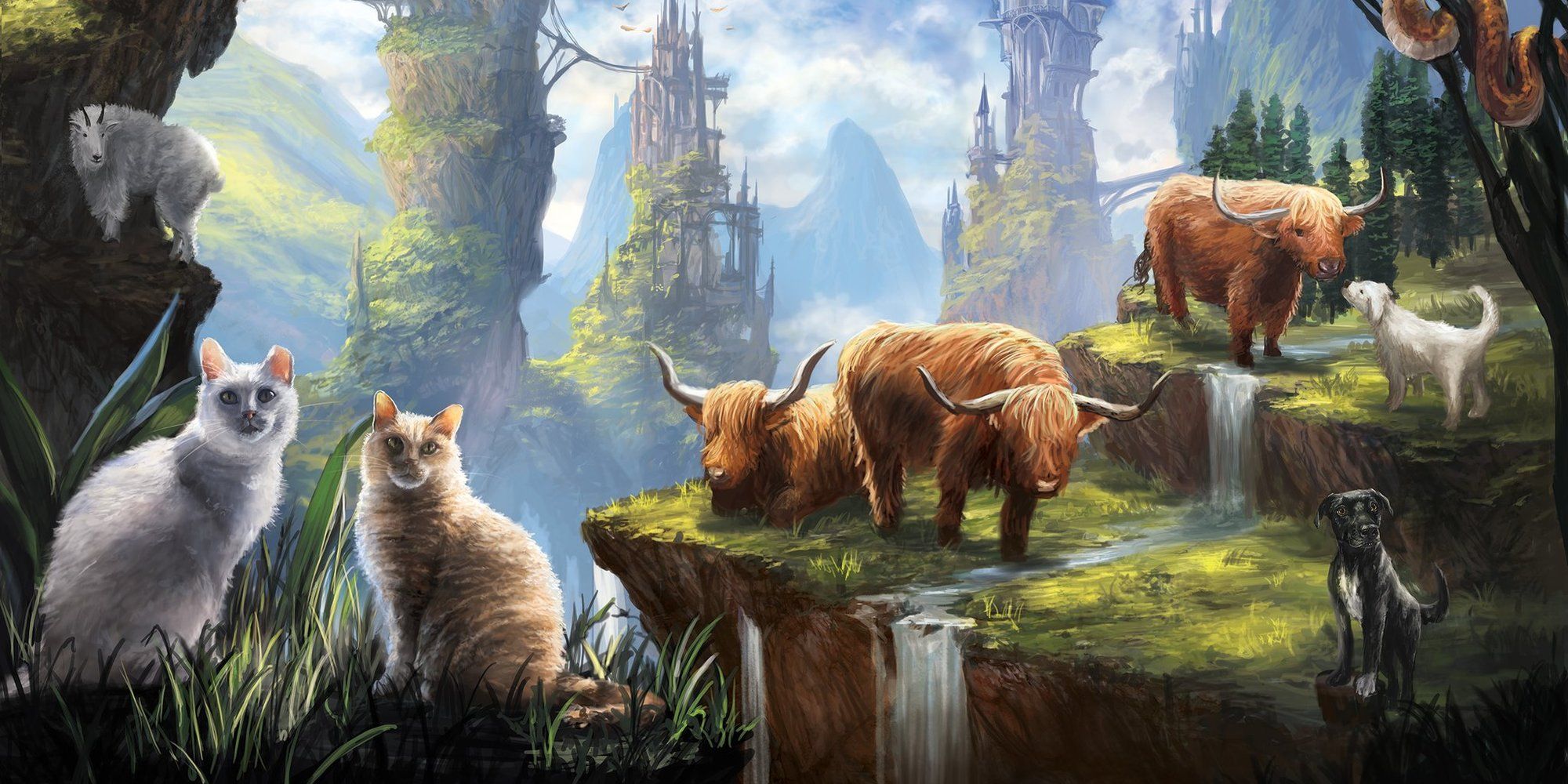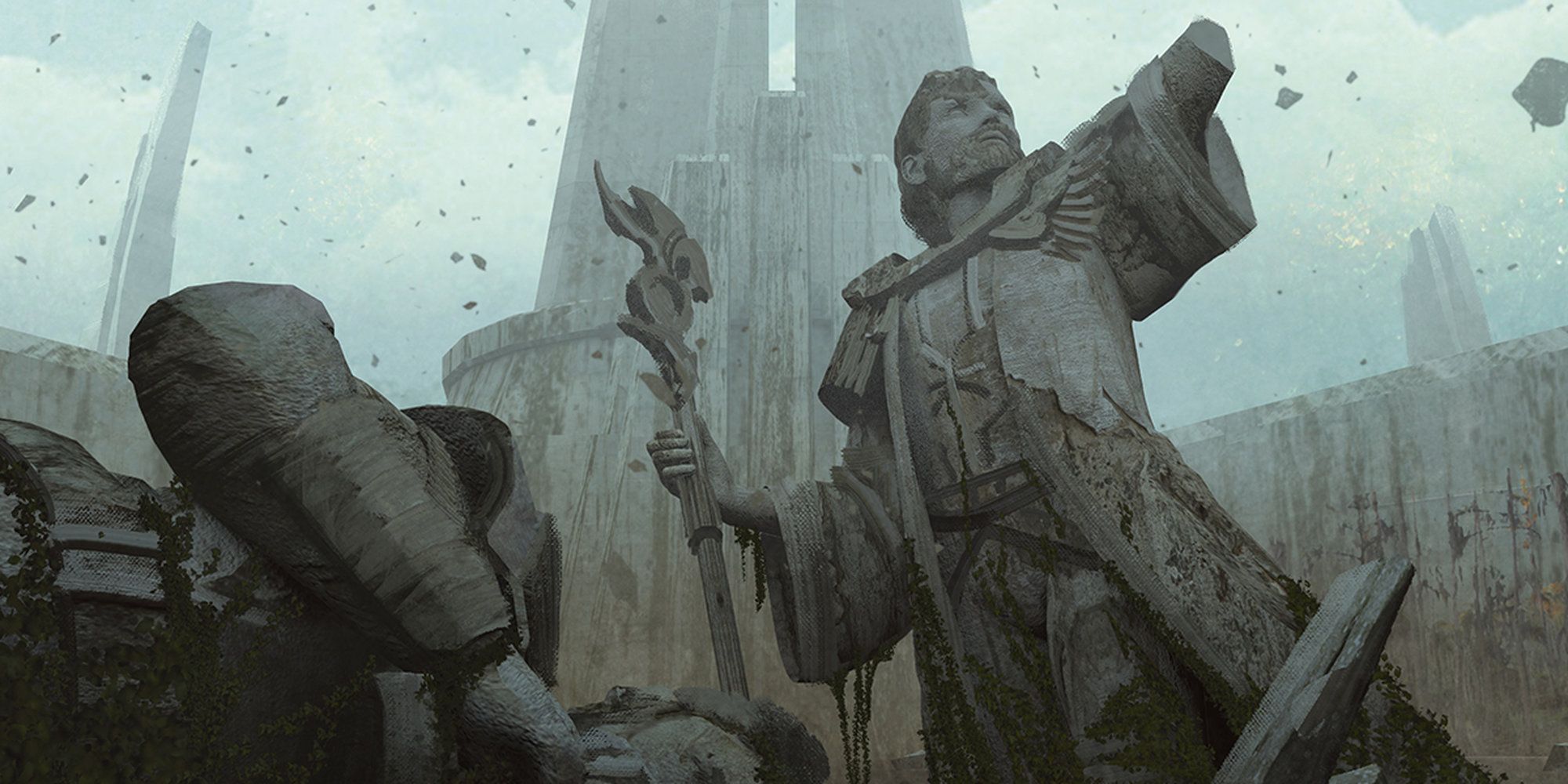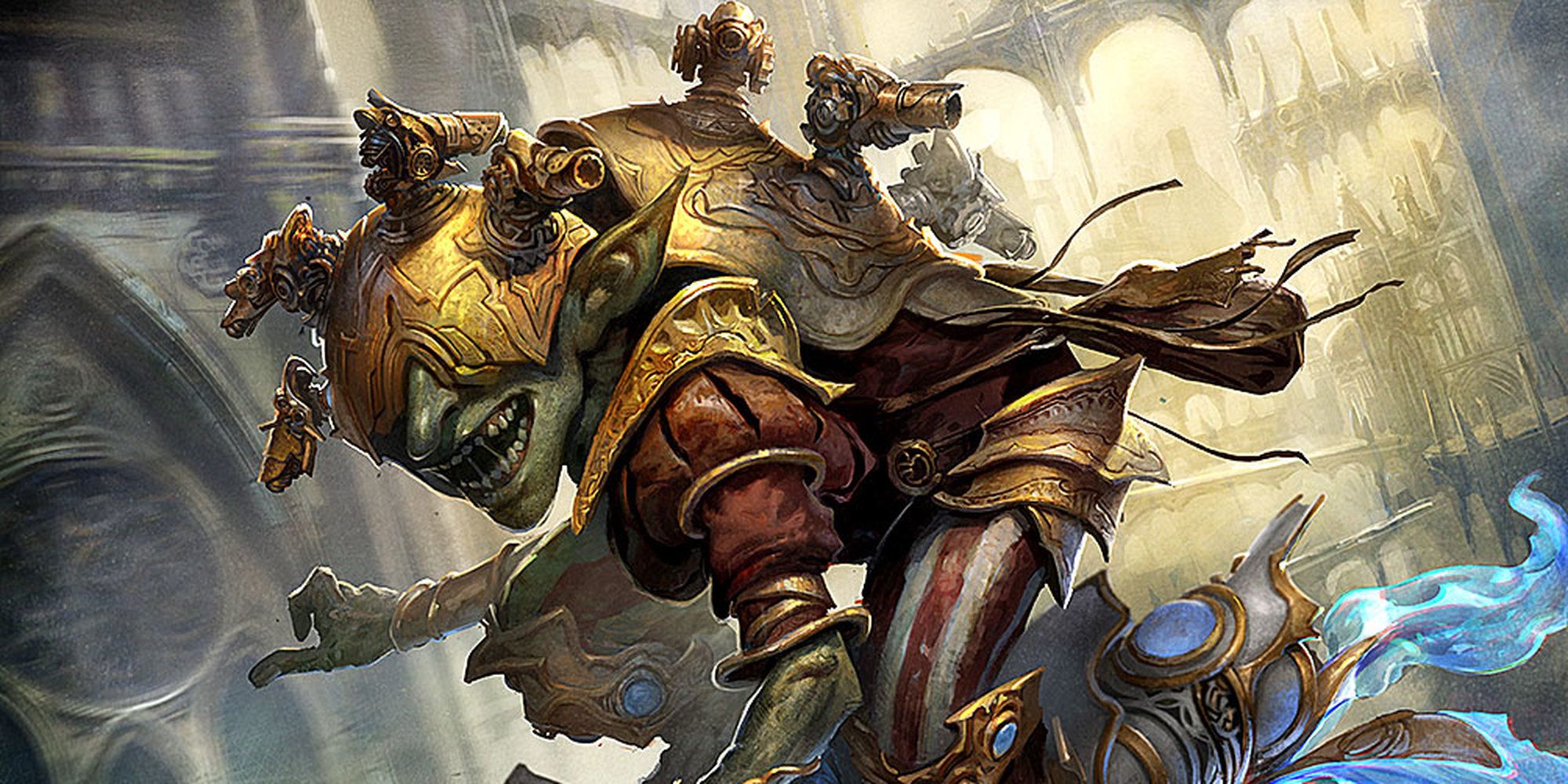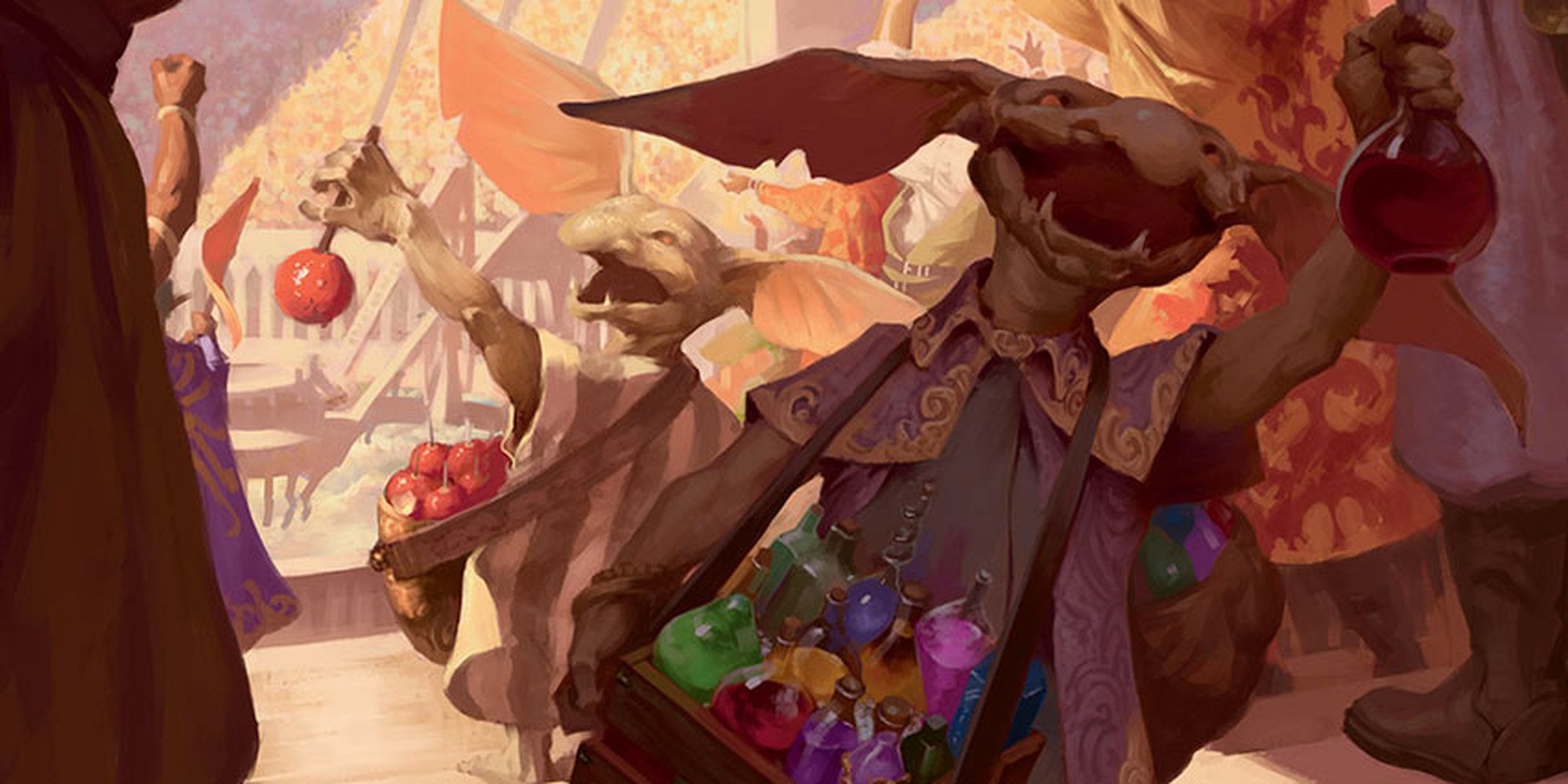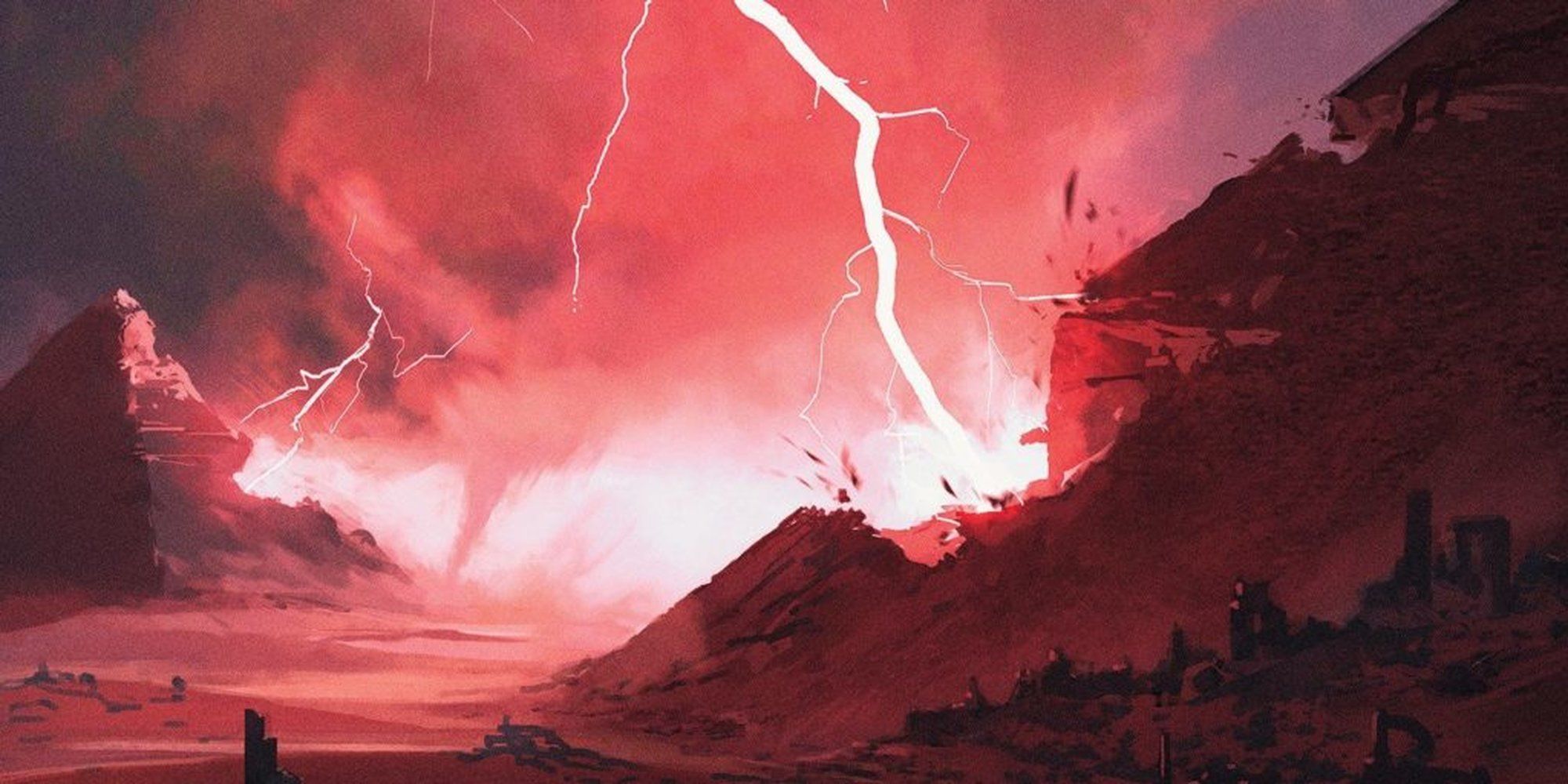When playing Dungeon & Dragons, there's nothing quite like being the Dungeon Master. While players are able to experience exciting adventures and play their characters with more freedom than nearly any other type of game can allow, DMs are in control of the entire world the campaign inhabits. In addition to controlling all NPCs, a DM is responsible for creating a fleshed out world for players to explore. The type of world a DM establishes can vary greatly, drawing influences from everything from their favorite video games to their favorite shows.
While this may appear daunting at first to new DMs, there are many ways to develop the world of a campaign and provide a campaign with a great deal of diversity. So today, we're going to examine ten things that new Dungeon Masters can do to improve their world-building skills for their campaigns!
10 Diversity Of Locations
While this may seem to be a given, it is quite integral when it comes to world-building for D&D, especially for larger scale campaigns. Having a diverse spread of locations for one's party to travel to and explore can keep things fresh and engaging, while shaking things up across a campaign.
Even in a campaign within a closely knit location such as a single town or city, providing variety in the subsections such as Rogue-run slums or the aristocratic uptown can allow the setting to appear more organic and believable. This can also help save one's world and the individual countries and towns from feeling one-note.
9 Establish Your Flavor
Establishing the flavor of one's campaign is paramount, as it cements the overall tone of an adventure. Even if a campaign is a globe-trotting endeavor, a consistent overall flavor allows a campaign to remain much more consistent throughout. Is a campaign a seemingly hopeless grim and Gothic quest like Dark Souls, or is it a more lighthearted and magical affair of whimsy like much of the Dragon Quest series? Even two campaigns in Steampunk and Sci-Fi settings can be quite different from each other as long as their flavor differs, so establishing tone is key.
DMs shouldn't feel limited by the tone and flavor they choose to establish and can deviate from it when suited, but setting up an overall vibe for a campaign can do wonders for cohesion.
8 Manage Geography
Having a grasp on the geography of the world a campaign takes place in can be a blessing for both the DM and players alike. Having visual reference of the a campaign's setting can allow players to plot out traveling routes, and it is one of the most surefire ways of grounding players in one's world.
In order to make a world more immersive, a DM should work to make the geography of the world make at least a semblance of sense. While a world can possess a plethora of climates and terrain types, its recommended to avoid situating two incompatible types of settings adjacent to each other, such as a tundra and a jungle.
7 Don't Show Your Full Hand
While we fully encourage that DMs utilize a map of their world for their campaign, this doesn't mean that they aren't able to keep surprises and secrets for their players to uncover.
As a DM, one is capable of withholding important information from players about the world, letting the players make discoveries for themselves. Additionally entire countries such as those that are underground or are under the sea can be kept as secrets for players to uncover!
6 Provide Wildlife
The wildlife in one's campaign is an easily overlooked detail that can go a long way when it comes to establishing setting. The fauna doesn't to be integral to a storyline, and it can often be irrelevant, but it can make locations distinct from one another.
Something as simple as mentioning the presence of birds as players traverse a mountain, or something more unconventional like a type of crab that can only be found within the coldest and iciest climates, can ground players more than one may expect. The presence of more fearsome animals and monsters in certain locations can even be used as a deterrent of a certain swamp, desert, or forest.
5 Develop History
Nothing can ground and flesh out a world quite like its history. By giving a world history, both ancient and recent, it allows the world to feel much more lived-in and organic. While it may seem tempting for a DM to give their players information about the world in a large info-dump at the beginning of a campaign, it can be much more engrossing and rewarding for players to learn this information first hand.
Whether a party is told stories of a town's history by a traveling merchant or a kindly elder, or if they find the fallen ruins of a once-great castle, receiving history firsthand can be an immersive accomplishment for players.
4 Subvert Expected Tropes
An easy way for players to immediately get a grasp on the locations they're exploring is to draw from popular and previously established tropes from other forms of media like film and video games.
However, while over-reliance on such tropes may makes a world appear to be quite generic, turning them on their heads can cultivate an interesting setting that can keep players on their toes. An easy way to do this is to examine common fantasy trends such as war-hungry orcs and forest-dwelling elves and alter their core. For example, the orcs of one's world could still be war hungry and violent, but rather than being savage brutes, they could be calculating tacticians.
3 Play To The Party's Interest
While a DM may have a clear vision of what they want included in their world, many details are only relevant if players actively seek them out.
For example, a party full of more diplomatic adventurers are less likely to seek out a famed gladiatorial arena than a party of combative fighters. Including elements of the world that are more likely going to suit one's players is best, such as theaters for Bards or temples for Clerics.
2 Prepare For Your Party To Go Anywhere
As any DM would admit, there is no surefire way to predict what a party is going to do in a campaign, and no amount of planning can account for unpredictable decisions they may make. This is not a bad thing, as D&D is an incredibly free form game.
DM's giving their players as much freedom and agency as possible is best, and it's wise to avoid railroading them into certain decisions. With this degree of player freedom in mind, a DM should account for players to go anywhere, putting fun and engaging discoveries wherever they may go. This puts a degree of control in the players' hands and allows the adventure to continue no matter where players' course may be set.
1 Allow Events To Take Place Without The Party
Time can be a great motivator for players that can make a world feel significantly more real. Allowing the setting to exist and progress without players present truly allows the world to breathe.
If a DM establishes a problem in a specific town or country and players take their time to respond or get side tracked, it only makes sense for said problem to get worse as it is left unattended.



